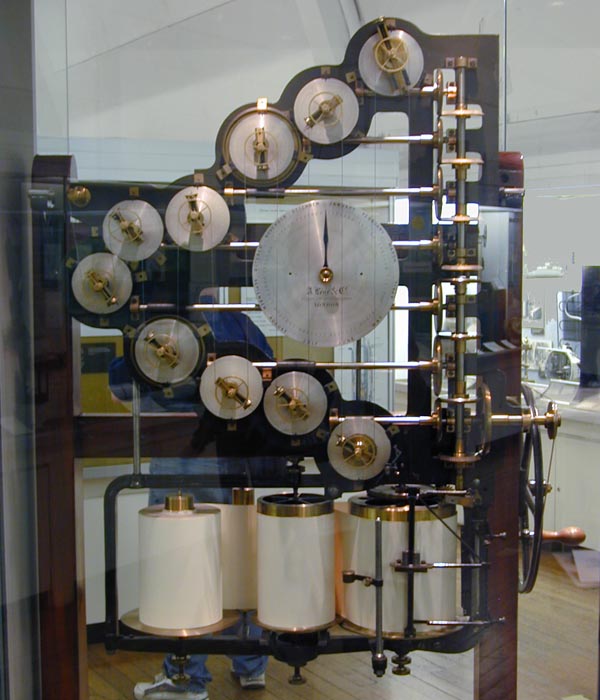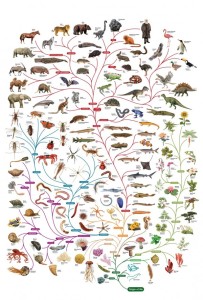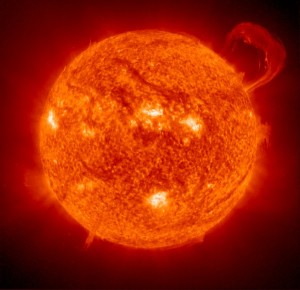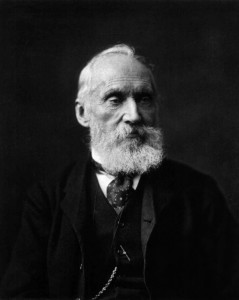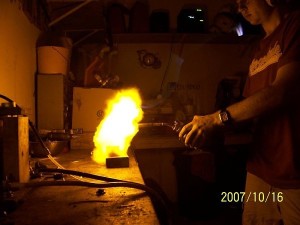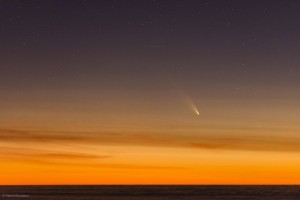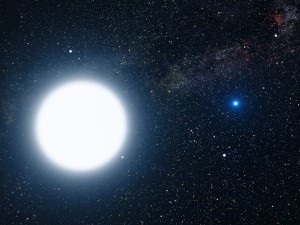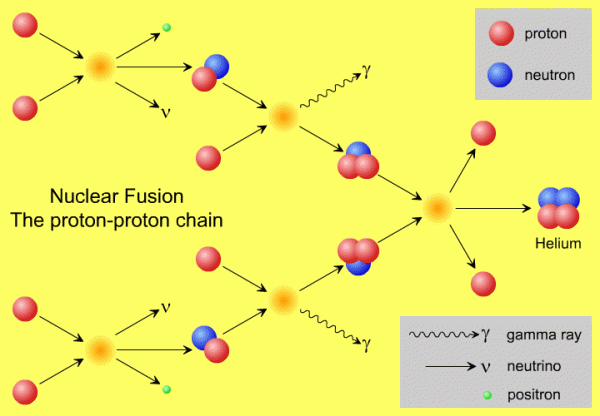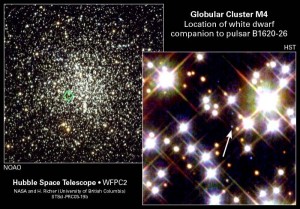“Ignorance more frequently begets confidence than does knowledge: it is those who know little, and not those who know much, who so positively assert that this or that problem will never be solved by science.” –Charles Darwin
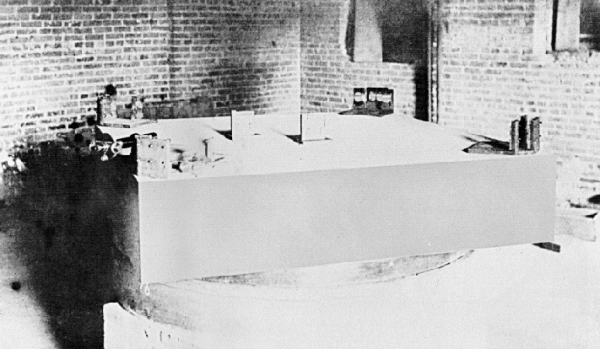
There are problems with science today, no doubt. With all the knowledge we’ve accumulated about the Universe, from the smallest subatomic scales to the farthest recesses of deep space, there are still realms and regimes where our best theories fail, where the predictions and the data don’t match, and where no known explanation is sufficient for the phenomena that shows up.
Image credit: The Michelson-Morley interferometer, via University of Virginia.
But this is where all the potential for scientific growth lives.
Believe it or not, one of the most important scientific paradoxes for astrophysics, cosmology, and the Universe happened… in the wake of Charles Darwin!
That’s right, after On the Origin of Species, a crisis came about for physical science.
Image credit: The Open University (UK).
You see, Darwin’s idea — that the diversity of life on Earth was explained by the evolution and natural selection of organisms over huge amounts of time — meant that, if Earth’s life had a universal common ancestor, timescale of at least many hundreds of millions of years were required.
And with the modern knowledge of geology at the time (in the later half of the 19th Century), which argued for an age of the Earth that was at least a couple of billion years old, we faced a conundrum.
All because of this guy.
Image credit: NASA, via http://solarsystem.nasa.gov/.
You see, if life-as-we-know-it has been around for hundreds of millions of years, that means that the Sun had to have been shining for hundreds of millions of years, too!
And that’s not such an easy thing to imagine, since the Sun is the most powerful thing in all of human (and Earth-life) experience.
Putting out a continuous 4 × 1026 Watts of power, it’s needless to say that adds up to a lot of energy over hundreds of millions of years!
But energy needs to have a source, and if you want to emit 4 × 1026 Watts for at least hundreds of millions of years, you’d better have an energy source that makes it physically possible.
Image credit: Photograph of William Thomson, Lord Kelvin; photographer unknown.
This was one of the problems that (arguably) the greatest physicist of the day — Lord Kelvin — decided to take on.
There was some suspicion that the Sun was made out of many of the same elements that the Earth was (due to the solar spectrum), including a very strong hydrogen signature.
Based on that, Kelvin came up with three possible energy sources for the Sun:
- The Sun is burning some type of fuel, like hydrogen.
- The Sun is feeding off of comets, asteroids, etc., and burns the fuel from them for energy.
- The Sun — being incredibly massive — gets its energy from the incredible force of gravity.
And since those were the only three possibilities he could think of, he went and calculated how long the Sun could burn for — emitting a continuous 4 × 1026 Watts of power — before it ran out of energy.
Image credit: user charleytown55il of http://laserpointerforums.com/.
Here on Earth, hydrogen combusting (i.e., burning by combining with oxygen) has the potential to release a tremendous amount of energy.
And the Sun is… well, it’s kind of huge, with a total mass of around 2 × 1030 kg in there.
If the Sun were made entirely out of hydrogen that was combusting at a rate so that it emitted the right amount of power, how long could it live?
The answer Kelvin came up with was a few tens-of-thousands of years. A long time, for certain, but not nearly long enough.
So that ruled out the first option.
Image credit: Gabriel Brammer at Paranal Observatory.
But what if comets, asteroids, and other transient bodies in our Solar System occasionally refueled our Sun? Could that enable it to burn for long enough, extending its lifetime to the hundreds of millions of years necessary to meet Darwin’s requirements?
If only. Unfortunately, this was even easier to rule out; the amount of mass that would have been added to the Sun, over time, would have wrecked the orbits of the planets, in clear conflict with the laws of gravity.
(And yes, even though General Relativity later succeeded Newton’s theory, the argument is still valid.) So that option was out. And that leaves Kelvin’s final consideration.
Image credit: NASA, ESA; created by: G. Bacon (STScI).
Gravity. Specifically, gravitational contraction, where the gravitational potential energy gets converted into light and heat. Just as, if you drop an object from a great height on Earth, it picks up speed (and hence, kinetic energy), a cloud of contracting gas (or plasma, or anything under its own gravity) will gain some type of energy to compensate for the new, lower-energy gravitational configuration.
Kelvin was no doubt the world’s foremost expert on this, as the mechanism by which this happens bears his name: the Kelvin-Helmholtz Mechanism.
The Sun, if it had contracted all of that mass down to its present size in such a way that it emitted energy at the observed rate (4 × 1026 Watts), couldn’t have lived for hundreds of millions of years, but could have lived for about eighteen million years.
Image credit: Copyright 2001-2013, Michael McDarby.
So that was a problem: Darwin needed hundreds of millions of years to explain biology, geologists needed billions of years to explain the Earth, and Kelvin placed an upper limit of only tens of millions of years on the age of the Sun.
But this seeming paradox was actually an omen of advance; Kelvin had no way of knowing that there was an entirely new type of fuel, that of nuclear fusion!
Image credit: Artwork by Randy Russell.
This would prove to be the way forward, and the resolution to the paradox presented by Kelvin and Darwin’s irreconcilable findings, something unknowable to both men at the time.
Interestingly enough, some stars — white dwarfs in particular – do operate under the Kelvin-Helmholtz Mechanism, and because of their much lower luminosity (intrinsic brightness) than Sun-like stars, will shine for many trillions (or even quadrillions) of years before going dark!
Images credit: HST, NASA and H. Richer (UBC) (R); NOAO / AURA / NSF (L).
We have a significant number of important paradoxes today that are difficult to reconcile, including the black hole firewall problem, the inability to marry quantum mechanics to general relativity, the puzzles of dark matter and dark energy, the strong CP problem, the puzzle of tiny but non-zero neutrino masses, and the hierarchy problem, to name just a few.
These are the edges of knowledge and understanding, and rather than marking the breakdown of science, these are actually beacons that point the way forward. And hopefully, just like you, I can’t wait to find out what’s next!
Related articles

